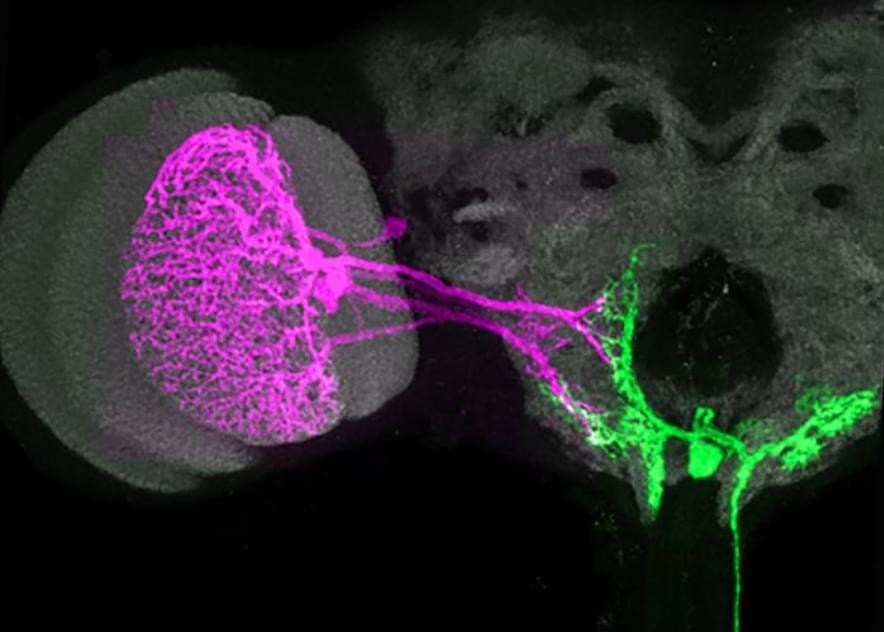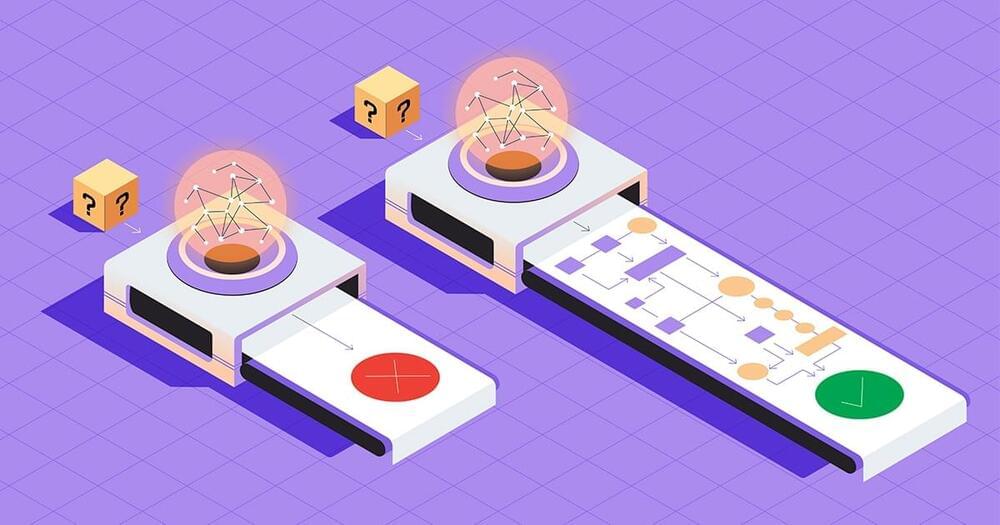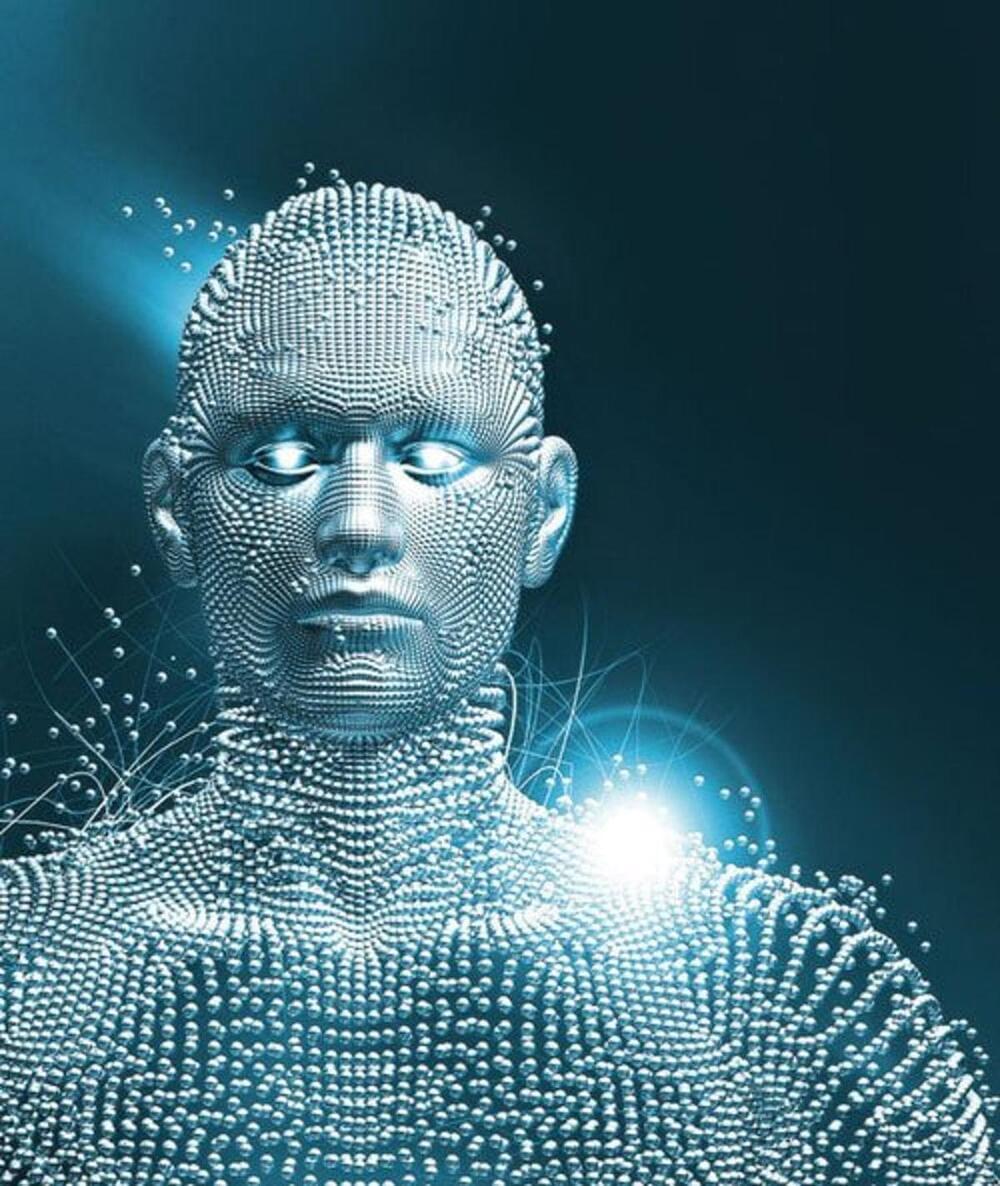Until recently, Glassdoor allowed users to anonymously trash talk their employers — but the site has apparently changed that policy.



A new study presents findings from the characterization of the individual roles of the motor neurons that control head movement in Drosophila melanogaster.
Despite the pivotal role of motor neurons in movement, how a single motor neuron contributes to control during movement remains unclear. Measuring the activity of individual neurons in moving animals has proven to be experimentally difficult.
However, advances have made it possible for researchers to manipulate single motor neurons in fruit flies as the insects move freely. A new study presents the findings from the characterization of the individual roles of the motor neurons that control head movement in Drosophila melanogaster.
The findings were published in Nature in the paper, “Motor neurons generate pose-targeted movements via proprioceptive sculpting.”
We can test the cognitive abilities of octopuses in the lab. In our EthoS laboratory, we are currently working on the memory and future planning abilities of the common octopus. They are complex animals to study, because of their astonishing abilities.
Their incredible strength allows them to easily destroy our lab tools: be careful with underwater cameras, they can open the waterproof box to drown them! And because octopuses are boneless, they can easily escape their tanks through the smallest of openings. They are also extremely curious and will spend their time catching hands, nets or any other object introduced to their tank. From there, it is up to them to decide when to release their catch.
The opening of jars, while impressive and often used to illustrate octopus intelligence, is not their most remarkable ability. This is mostly a matter of dexterity and gripping, and octopuses are quite slow when executing this task: even when over-trained, an octopus always takes more than a minute to open a jar. A better example of their impressive intelligence is their ability to manipulate an L-shaped object so it can pass through a small square opening in a wall.

Results of DNA studies also seem to confirm the idea that optimism is an effective tool for slowing down cellular aging, of which telomere shortening is a biomarker. (Telomeres are the protective caps at the end of our chromosomes.) This research is still in progress, but the early results are informative. In 2012, Elizabeth Blackburn, who three years earlier shared a Nobel Prize for her work in discovering the enzyme that replenishes the telomere, and Elissa Epel at the University of California at San Francisco, in collaboration with other institutions, identified a correlation between pessimism and accelerated telomere shortening in a group of postmenopausal women. A pessimistic attitude, they found, may indeed be associated with shorter telomeres. Studies are moving toward larger sample sizes, but it already seems apparent that optimism and pessimism play a significant role in our health as well as in the rate of cellular senescence. More recently, in 2021, Harvard University scientists, in collaboration with Boston University and the Ospedale Maggiore in Milan, Italy, observed the telomeres of 490 elderly men in the Normative Health Study on U.S. veterans. Subjects with strongly pessimistic attitudes were associated with shorter telomeres — a further encouraging finding in the study of those mechanisms that make optimism and pessimism biologically relevant.
Optimism is thought to be genetically determined for only 25 percent of the population. For the rest, it’s the result of our social relationships or deliberate efforts to learn more positive thinking. In an interview with Jane Brody for the New York Times, Rozanski explained that “our way of thinking is habitual, unaware, so the first step is to learn to control ourselves when negative thoughts assail us and commit ourselves to change the way we look at things. We must recognize that our way of thinking is not necessarily the only way of looking at a situation. This thought alone can lower the toxic effect of negativity.” For Rozanski, optimism, like a muscle, can be trained to become stronger through positivity and gratitude, in order to replace an irrational negative thought with a positive and more reasonable one.
While the exact mechanisms remain under investigation, a growing body of research suggests that optimism plays a significant role in promoting both physical and mental well-being. Cultivating a positive outlook, then, can be a powerful tool for fostering resilience, managing stress, and potentially even enhancing longevity. By adopting practices that nurture optimism, we can empower ourselves to navigate life’s challenges with greater strength and live healthier, happier lives.

A novel approach in the field of Alzheimer’s research is emerging that could potentially transform how we tackle this debilitating disease. Recent studies have revealed a paradigm shift in understanding Alzheimer’s pathology, emphasizing the importance of targeting the early-stage aggregation of the pathogenic amyloid beta (A-beta) protein, specifically focusing on its soluble oligomeric form.
Over the past three decades, conventional treatments for Alzheimer’s have largely been ineffective, primarily due to their focus on combating the fibrillar form of A-beta. However, emerging research suggests that it is the soluble oligomeric form of A-beta that poses the greatest threat to neuronal health, leading to cognitive decline and neurotoxicity.
A recent breakthrough in Alzheimer’s treatment has come from the development of an antibody capable of recognizing both oligomeric and fibrillar forms of A-beta, offering newfound hope to the field. This innovative therapy has demonstrated promising results in delaying disease progression by up to 36% in individuals with early-to-mild cognitive impairment.

“They remove some of the magic,” said Dimitris Papailiopoulos, a machine learning researcher at the University of Wisconsin, Madison. “That’s a good thing.”
Training Transformers
Large language models are built around mathematical structures called artificial neural networks. The many “neurons” inside these networks perform simple mathematical operations on long strings of numbers representing individual words, transmuting each word that passes through the network into another. The details of this mathematical alchemy depend on another set of numbers called the network’s parameters, which quantify the strength of the connections between neurons.

“The Most Powerful Type Of Computing Machine That Is Possible In This Universe”
Aka Hyper Computers they are based on Quantum Computing & Gravity. They are agnostic to Causality i.e. they have Indefinite Causality (Cause & Effect Relationships)
Automatski is 5,000 years ahead of everyone else. It built the worlds first Quantum Gravity Computer in ~2006.

We perceive space and time to be continuous, but if the amazing theory of loop quantum gravity is correct, they actually come in discrete pieces.
By Lee Smolin
